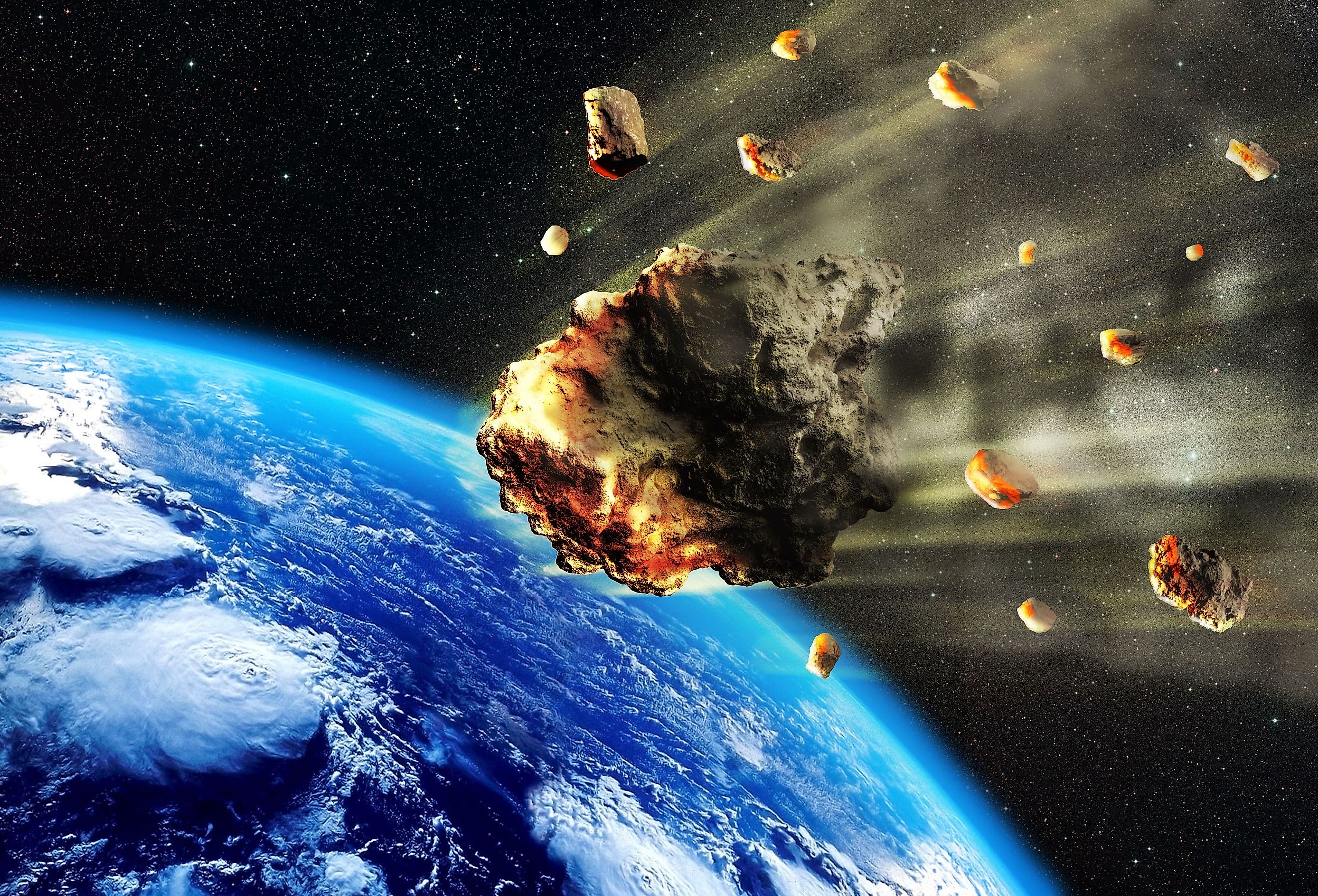
Meteoroid
When most people hear the word meteoroid, they think of disaster. Images of a giant rock hurling towards Earth might come to mind. It's understandable to imagine this. There have been several movies depicting the end of the world with a giant meteoroid. While there is a real risk to meteoroids, the risk of a giant meteoroid impacting Earth is a rare, worst-case scenario. Besides the risk meteoroids pose to Earth, you may want to know exactly what they are.
Explore what meteoroids are, how they form and how risky they actually are to the planet.
What Are Meteoroids?
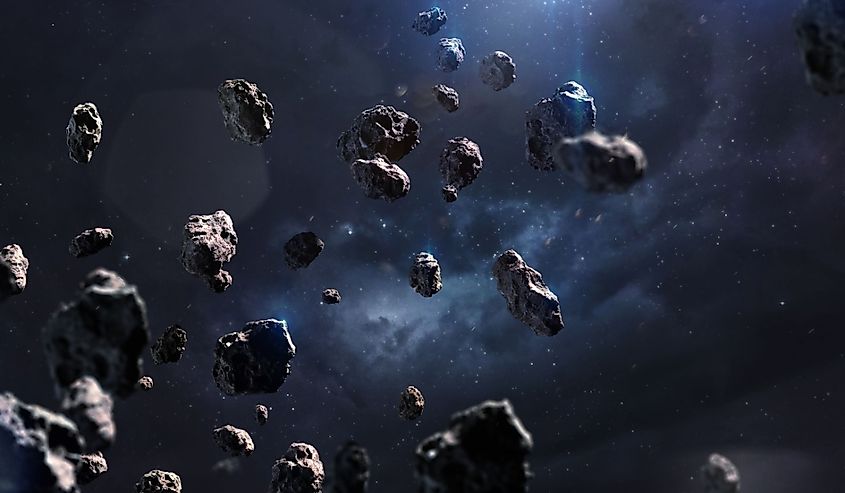
Meteoroids are rocks of various sizes that orbit the sun. Usually, they are a mixture of silicon, oxygen, and heavier metals, such as nickel and iron. Heavier meteoroids, made of iron and nickel, are larger and denser. By contrast, meteoroids made of stone and oxygen are smaller, lighter, and more likely to break apart. Different meteoroids travel at different speeds and are in different orbits. Some meteoroids travel as fast as 26 miles (42 kilometers) per second.
The Making of a Meteoroid
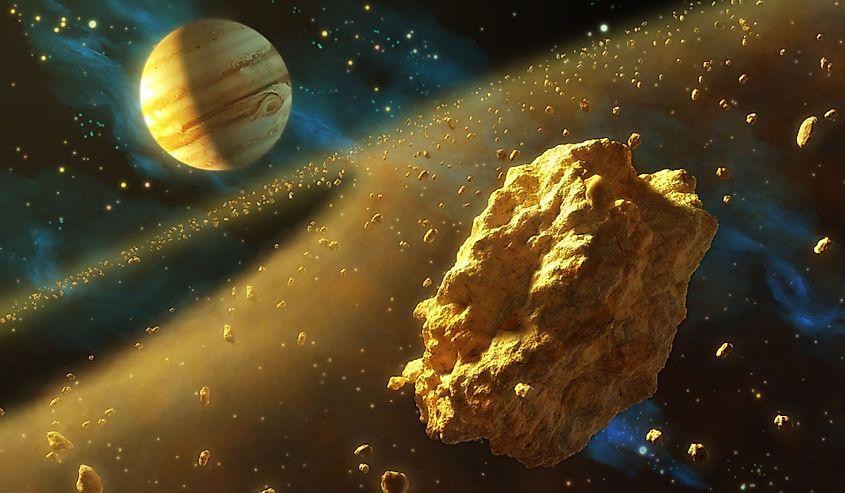
Most meteoroids are the rock debris from asteroid collisions. When asteroids collide, pieces of them crumble off, making the rocky debris we call meteoroids. Many of these collisions happen in the asteroid belt, the area between Mars and Jupiter. Sometimes the collisions between asteroids are big and can throw them out of their usual orbit. This can throw the meteoroids in a direction where they are set to collide with a planet.
Not all meteoroids are from asteroid collisions. Some are from the icy dust balls called comets. A comet has a dusty tail that has hundreds to thousands of meteoroids. As comets travel through space, they shed some of the meteoroids. Usually, the shedding happens in a steady flow called a meteoroid stream. Some meteoroids are also from celestial bodies. A very small portion of meteoroids break off from the Moon and Mars.
The Difference Between a Meteoroid, a Meteor, and a Meteorite
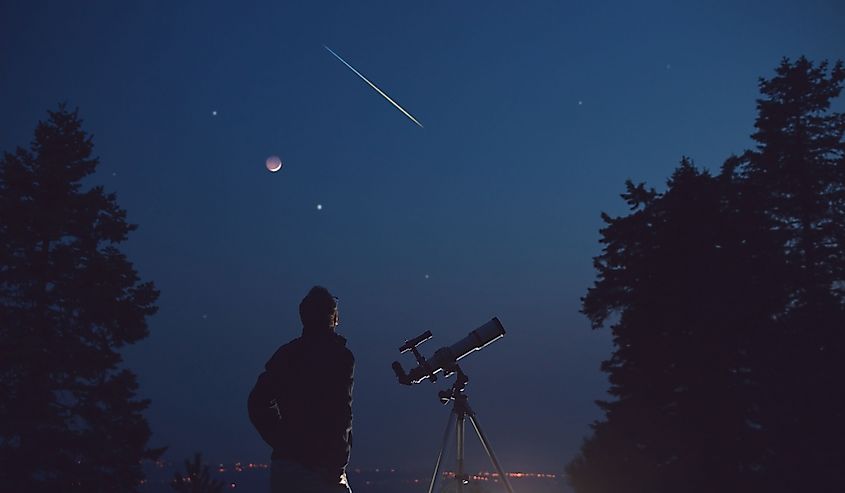
When people talk about meteoroids, they often use the terms meteoroid, meteor, and meteorite interchangeably. However, these words all refer to different things.
Meteoroids are rocks in space that range in size from a grain of dust to a small asteroid.
Meteors, on the other hand, are meteoroids that have left space and entered into a planet's atmosphere at such a high speed they burn up on entry. These are also called "shooting stars."
If a meteoroid survives the trip through the atmosphere of a planet and manages to make contact with the surface, it is then called a meteorite.
Are Meteoroids Bad?
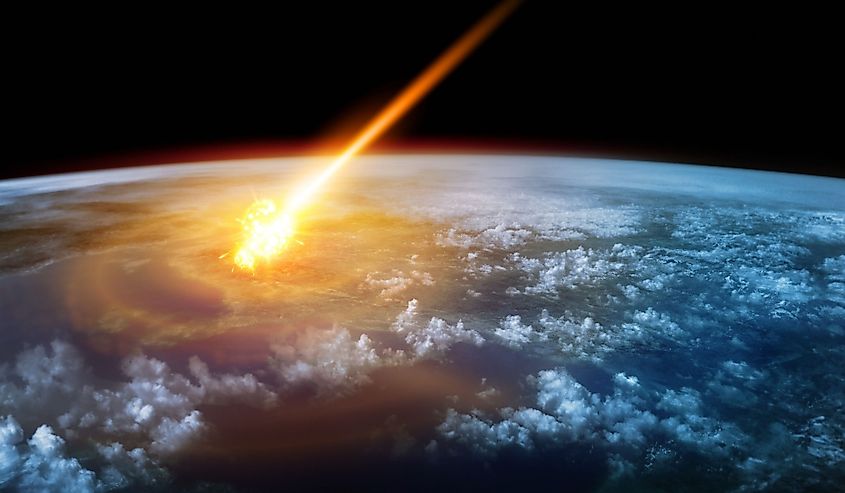
While your first thought when hearing meteoroid is to see one crashing into earth, this is a rare occurrence. Most meteoroids are harmless. Many meteoroids are small specks of dust floating through space. Space agencies such as NASA have programs that monitor and detect meteoroids to evaluate their risk in near-Earth space.
Most meteoroids burn up in Earth's atmosphere and disintegrate before they can even strike the surface. If pieces do strike Earth's surface usually they are small. Sometimes if a large enough meteor enters the atmosphere, it can explode. These meteors are bolides and may explode with a force of up to 500 kilotons of TNT. These explosions are rare and can cause incredible damage. They can cause burns, death, and damage to buildings and crops. If a meteoroid did make contact with the Earth's surface, the impact would be more catastrophic. A meteoroid impact happened on Earth 65 million years ago. This is what scientists believe led to the big dinosaur extinction.
Meteoroid Risk For Space Travel
One place meteoroids are a very real immediate risk is for astronauts and space travel. Meteoroids can cause damage to space equipment. They can break windows, and cause problems to thermal protection systems and pressurized containers of spacecraft. These could cause serious issues and result in huge losses to scientific equipment. If a meteoroid destroys specialized equipment, this could cost millions of dollars to repair.
When designing aircraft, engineers keep this in mind and prepare spacecraft to withstand meteoroid impacts. To do this, they prepare stronger shielding mechanisms for vessels. Engineers also created space suits that can withstand meteoroid impacts. As humans continue to develop new technologies and travel more into space, we will learn more about how to withstand meteoroid impacts.











